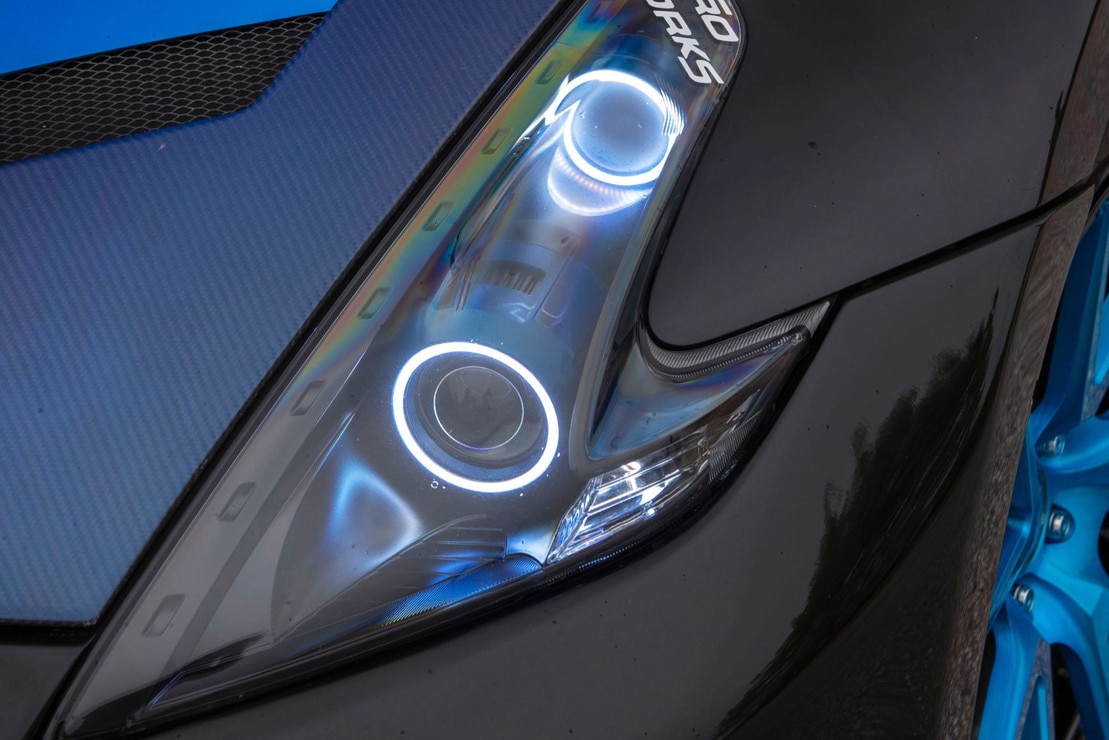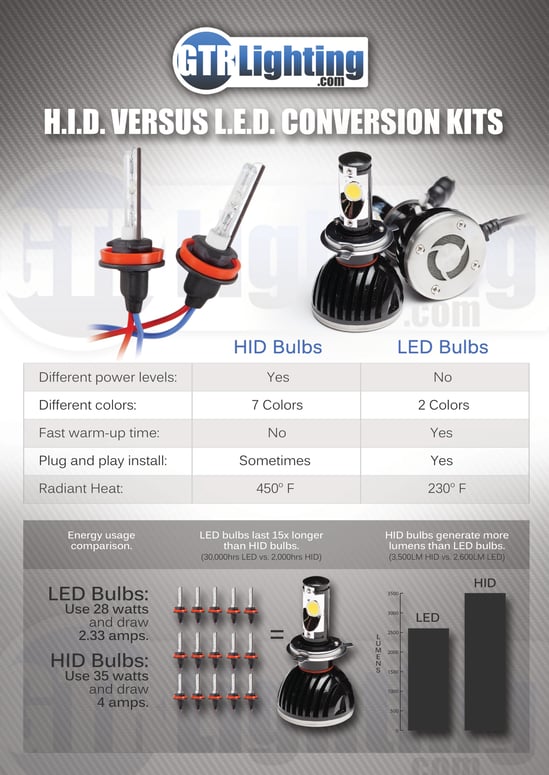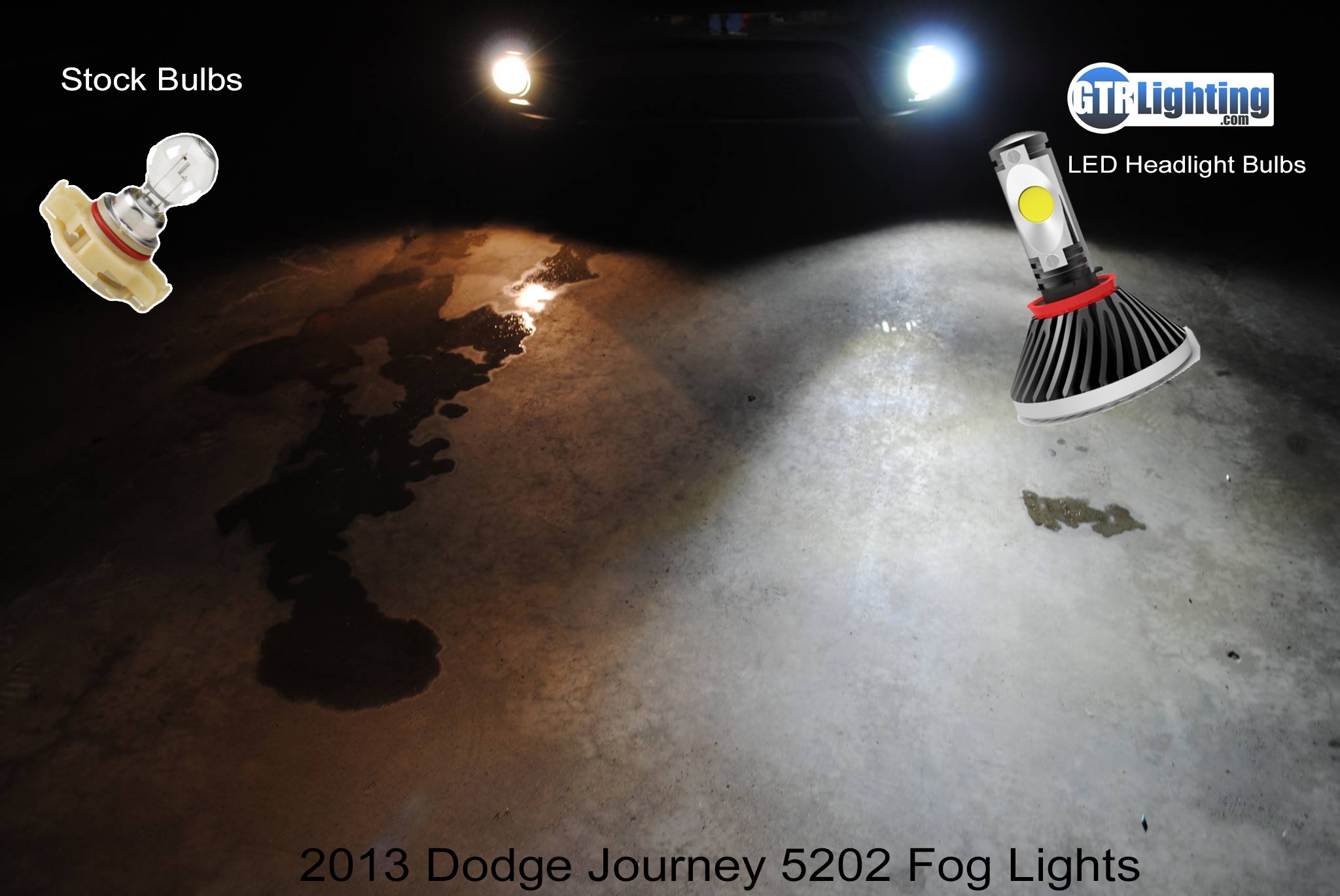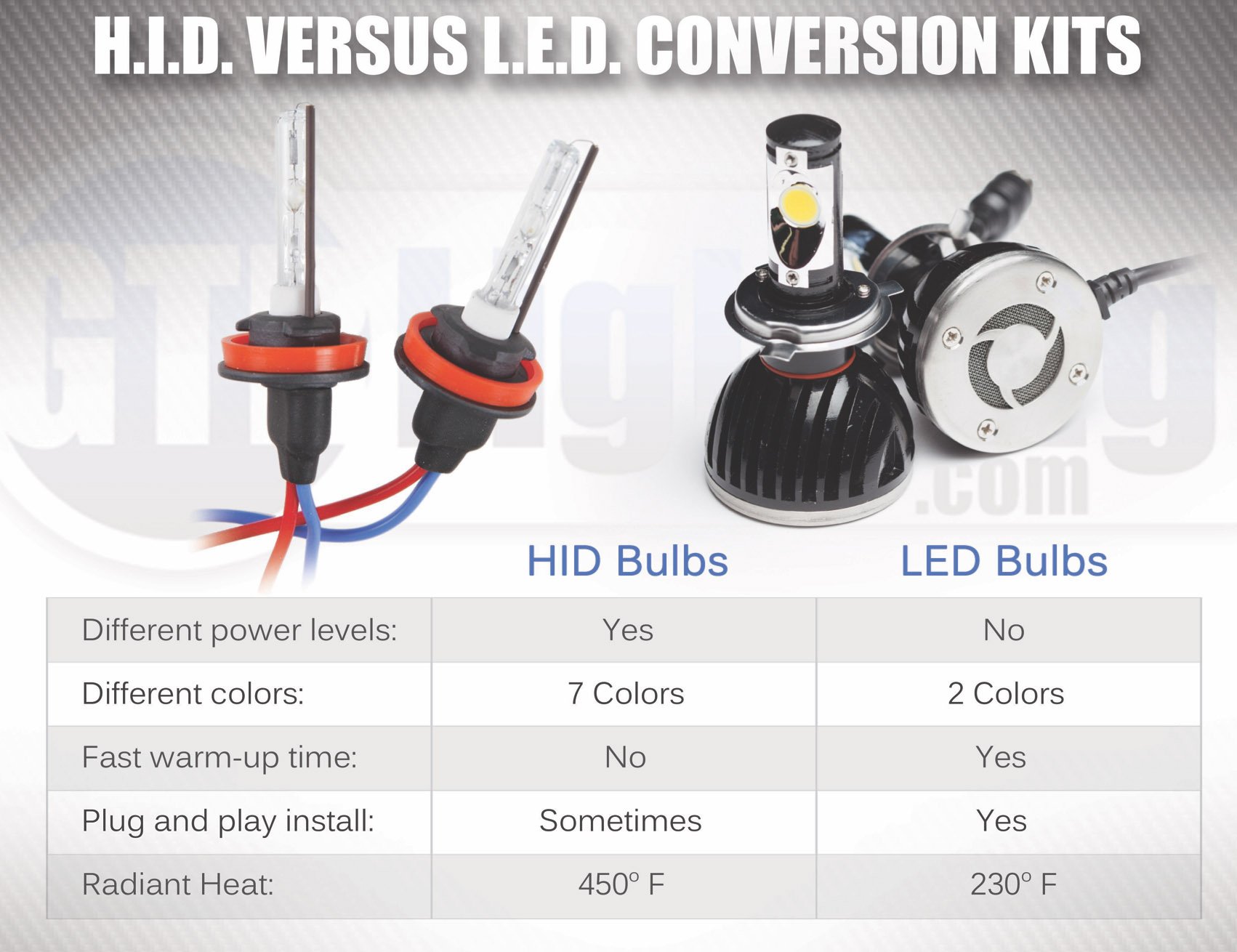Welcome to "The Ultimate Guide to Halo Rings: Conventional vs. CCFL." If you're looking to elevate your vehicle's style and functionality, you've likely considered halo rings, also known as "angel eyes." In this comprehensive guide, we'll delve into the two dominant types—Conventional and CCFL—to help you make an informed decision. Let's light up your automotive world!

What Are Halo Rings?
Halo rings, also known as "angel eyes," are a revolutionary addition to the automotive lighting industry. These circular lights surround the main headlight, adding a touch of elegance and style to your vehicle.
Aesthetic and Functional Appeal
But it's not just about the looks. Halo rings also serve a functional purpose, enhancing visibility and making your vehicle more noticeable on the road. Intrigued? Let's dive in.
Conventional and CCFL: The Two Titans
When it comes to halo rings, two types dominate the market: conventional and CCFL (Cold Cathode Fluorescent Lamps). Each has its own set of pros and cons, which we'll explore in detail.

Conventional Halo Rings
Conventional halo rings use good old incandescent bulbs. These bulbs are essentially a wire filament enclosed in a glass bulb, which glows when electrical current passes through it.
Pros and Cons
Pros:
- Easy to install
- Affordable
- Wide range of colors
Cons:
- Dark spaces: The light distribution isn't uniform, leaving some areas darker than others.
- Burn stains: Over time, the heat generated can cause burn stains on the headlight lens.
CCFL Halo Rings
CCFL halo rings use gas-filled tubes instead of bulbs. When electricity flows through the gas, it emits a bright, even light.
Pros and Cons
Pros:
- Even lighting: The light distribution is uniform, eliminating dark spaces.
- Superior brightness: These are brighter than their conventional counterparts.
Cons:
- More complex installation
- Slightly more expensive
Comparative Analysis
When it comes to brightness and color quality, CCFL takes the cake. The light emitted is not only brighter but also more uniform, making for a visually pleasing experience.
Longevity and Durability
Conventional halo rings tend to have a shorter lifespan due to the filament wearing out. CCFLs, on the other hand, last longer and are more durable, thanks to their gas-filled tubes.
Installation Complexity
Conventional halo rings are easier to install, making them a good choice for DIYers. CCFLs require a bit more expertise, so you might need professional help.
Cost Analysis
While conventional halo rings are cheaper upfront, CCFLs offer better value in the long run due to their longevity and superior performance.

Summarization of Key Differences
Conventional halo rings are easy on the pocket and simple to install but fall short in terms of brightness and longevity. CCFLs offer superior brightness and durability but come with a slightly higher price tag and installation complexity.
Recommendations
- For Aesthetic Appeal: If you're looking for something to jazz up your vehicle without breaking the bank, conventional halo rings are your best bet.
- For Long-term Use: If you're in it for the long haul, investing in CCFLs is a wise choice.
- For Budget Considerations: If you're on a tight budget but still want quality, consider the long-term benefits of CCFLs.

HALOS: PROFILE PRISM (RGB)
Starting at $75
Explore Halo LED Lights at The Retrofit Source
Ready to take the plunge? Head over to The Retrofit Source to explore a wide range of halo LED lights that will transform your vehicle into a head-turner.
Share Your Experience
Got questions? Experiences to share? We'd love to hear from you. Drop your thoughts in the comment section below and let's get the conversation rolling!
And there you have it, folks! The ultimate guide to choosing between conventional and CCFL halo rings. Make your choice and light up your ride!







.png?width=300&height=87&name=logo%20(1).png)